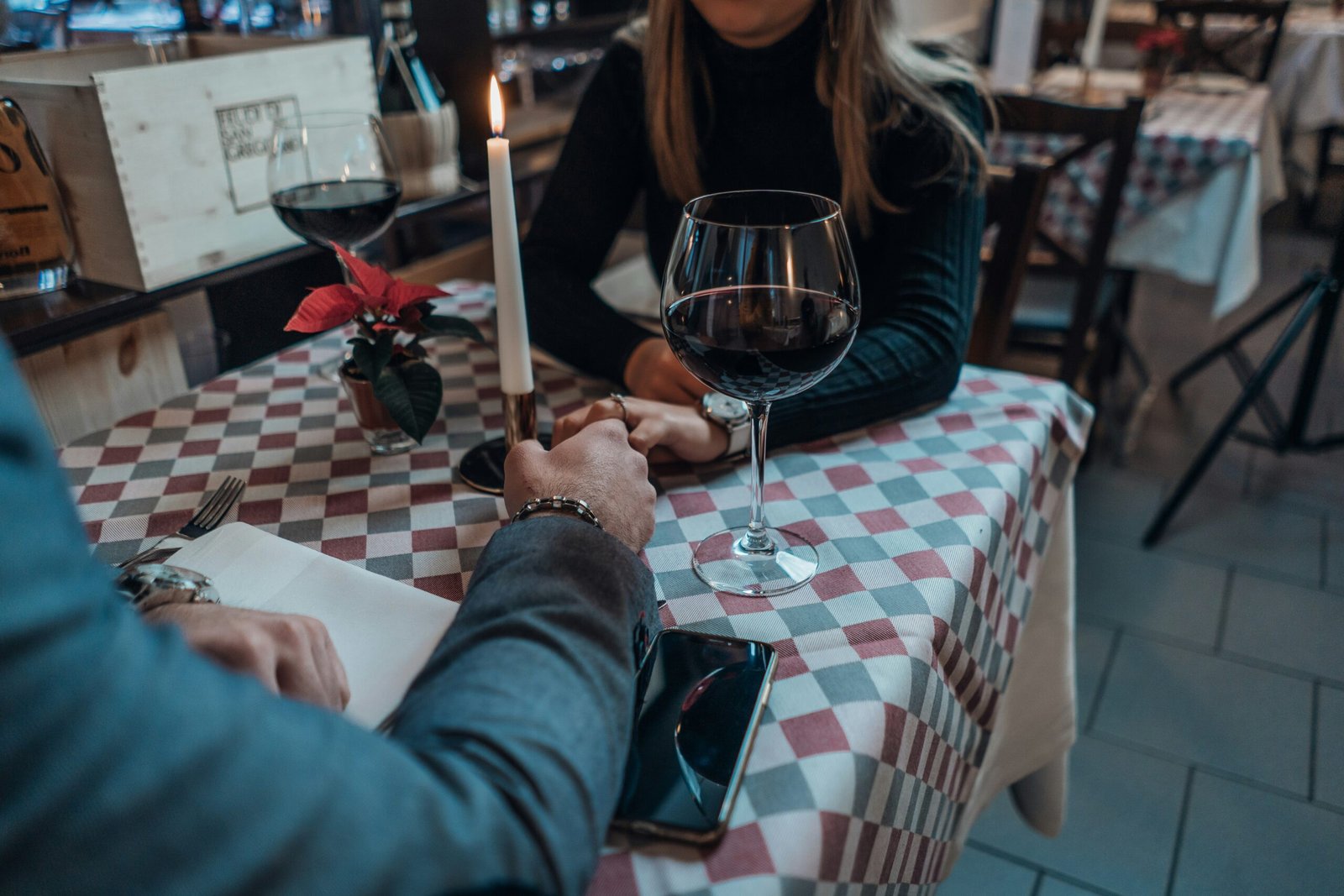The Evolution of Love: How Relationships Have Changed Over the Centuries
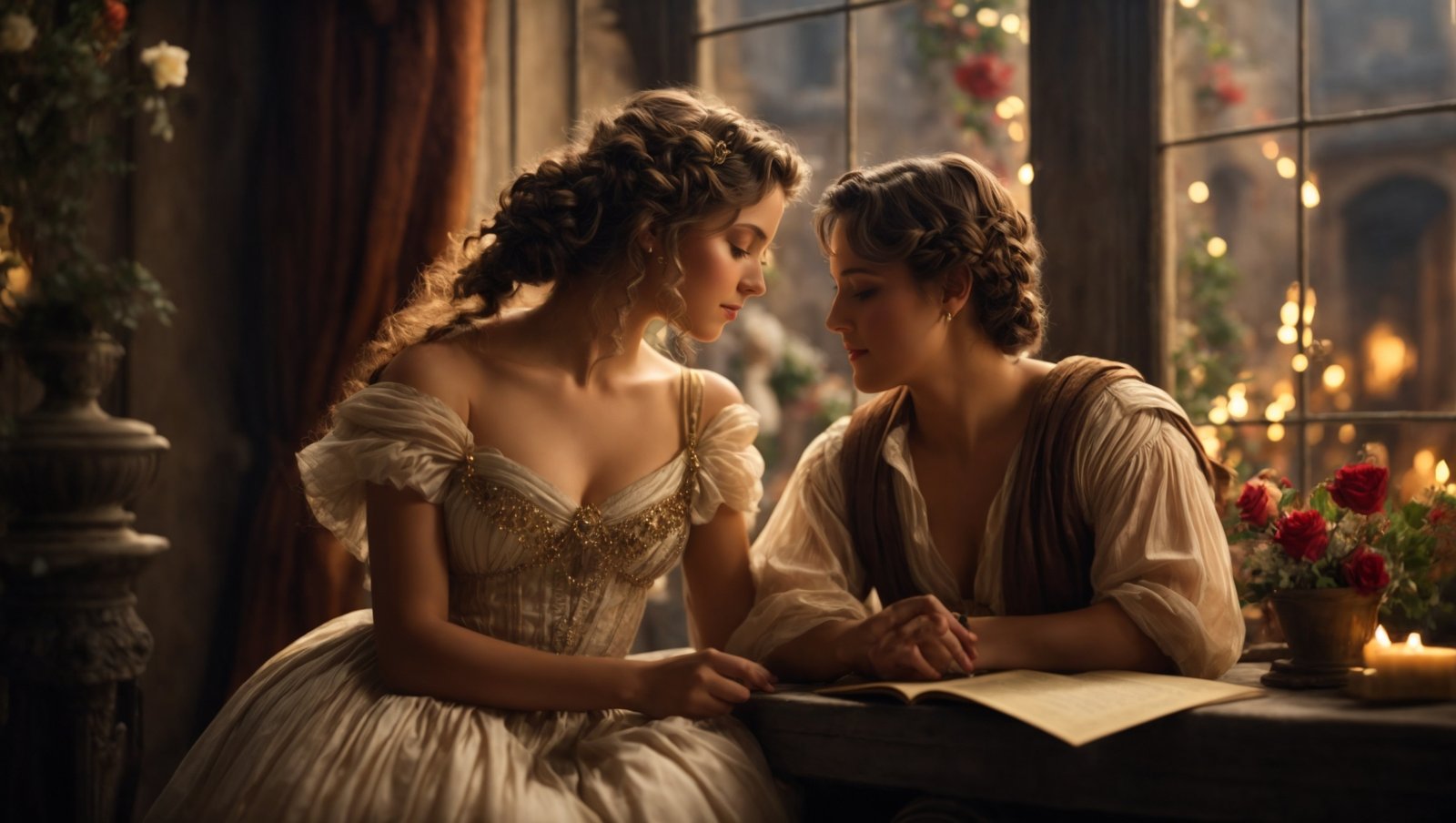
Every age crafts its own narrative of love. As the saying goes, “Love is as old as time.” But as time has progressed, the portrayal, understanding, and experience of love have seen numerous shifts. Embark with us on this journey, exploring the tapestry of relationships and how they’ve morphed over the centuries.
1. Ancient Love: Emperors and Epics
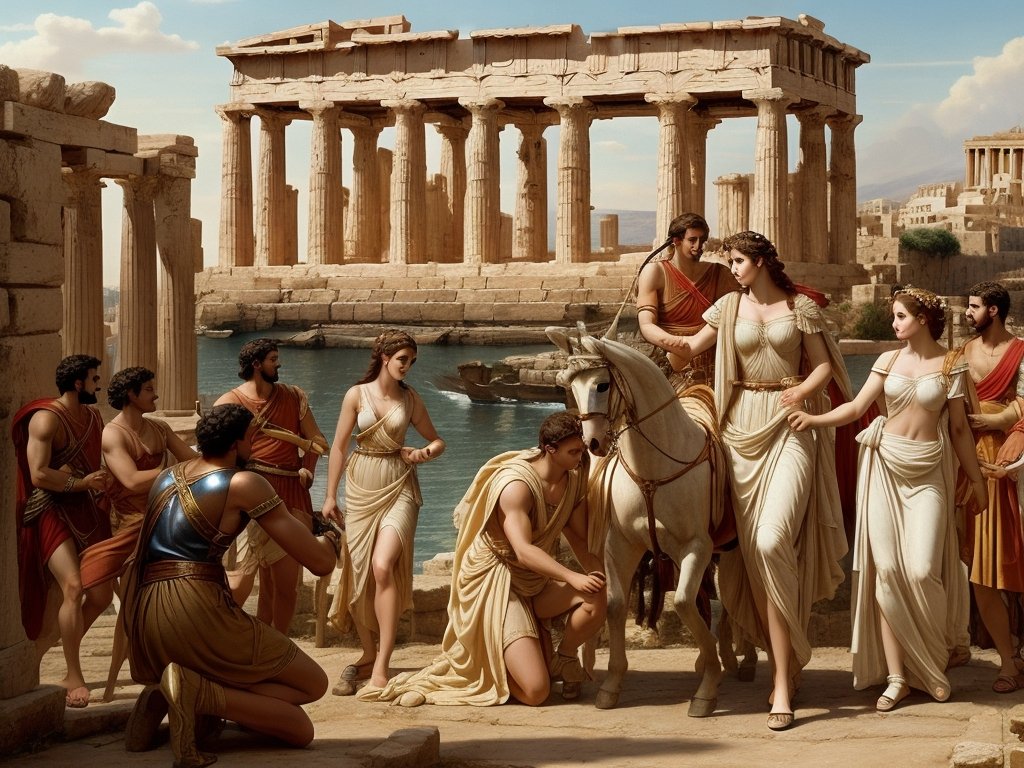
In ancient times, love was often intertwined with mythology, war, and destiny. Greek tales, for example, told of Helen of Troy’s face that “launched a thousand ships” and sparked the Trojan War. Love was seen as a powerful force, capable of toppling kingdoms.
Egypt gave us iconic tales of passion with stories like that of Cleopatra and Mark Antony. In these ancient tales, love was profound, often tragic, and had significant consequences for entire civilizations.
The understanding of love wasn’t limited to just romantic love. Platonic love, the deep bond between friends, was named after the philosopher Plato and held in high regard.
2. Medieval Romance: Knights and Narratives
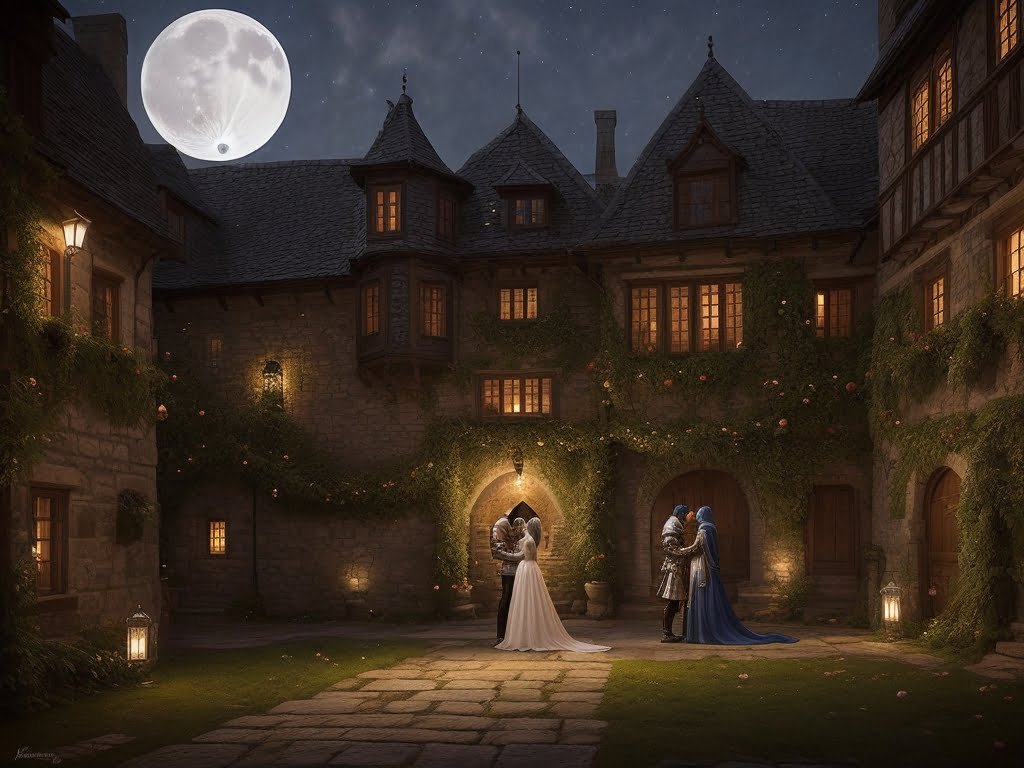
The Middle Ages painted a picture of love filled with chivalry, valor, and courtly love. Knights would undertake quests and face perilous journeys, all for the love of a maiden.
These tales, often sung by minstrels or penned in poetic verses, introduced the idea of romantic love as we understand it today. There was a deep sense of longing, a yearning that often transcended physical boundaries. Think of King Arthur, Guinevere, and Lancelot — a love triangle that is still remembered today for its intensity and complexity.
3. Renaissance and Beyond: Love Liberated

With the advent of the Renaissance, love saw another transformation. Literature, art, and music from this period are testimonies to a more liberated understanding of passion and intimacy. The famous Romeo and Juliet, penned by Shakespeare, is a perfect example of youthful, rebellious love.
During this period, the concept of “marrying for love” started gaining ground. Though many marriages were still arranged for political or economic reasons, the idea that one could and should prioritize emotional connection became more popular.
4. Industrial Age: Love in the Time of Letters

The 18th and 19th centuries, characterized by the Industrial Revolution, brought significant changes to everyday life. Lovers began to rely heavily on letters for communication, leading to a surge in poetic and deeply emotional exchanges.
This era also witnessed the rise of novels that centered around complex human relationships and love stories. Love became more about mutual respect, understanding, and shared dreams. The challenges posed by societal norms, class differences, and distance gave depth to the romances of this age.
5. 20th Century: Screens, Songs, and Speed Dating

With technology weaving its way into the fabric of society, love found new mediums of expression. Films, television shows, and radio broadcasts showcased varying interpretations of love, from the idealistic to the realistic.
The latter half of the century also saw shifts in societal values. The sexual revolution, women’s liberation, and more began to redefine love’s boundaries. Relationships became more about partnership, mutual growth, and shared responsibilities. Additionally, the advent of dating apps in the late 20th century revolutionized how people met and fell in love.
6. 21st Century: Digital Love in a Global Village

In today’s interconnected world, love knows no boundaries. Internet and social media platforms have facilitated connections across continents. Long-distance relationships, once considered challenging, are now more feasible with video calls and instant messaging.
But it’s not all rosy. The digital age has also brought challenges, such as navigating online dating, understanding the nuances of text-based communication, and managing the oversharing that sometimes happens on social media. However, at its core, love remains a powerful, binding force, constantly adapting to the times.
7. Marriage and Commitment: Changing Molds and Models
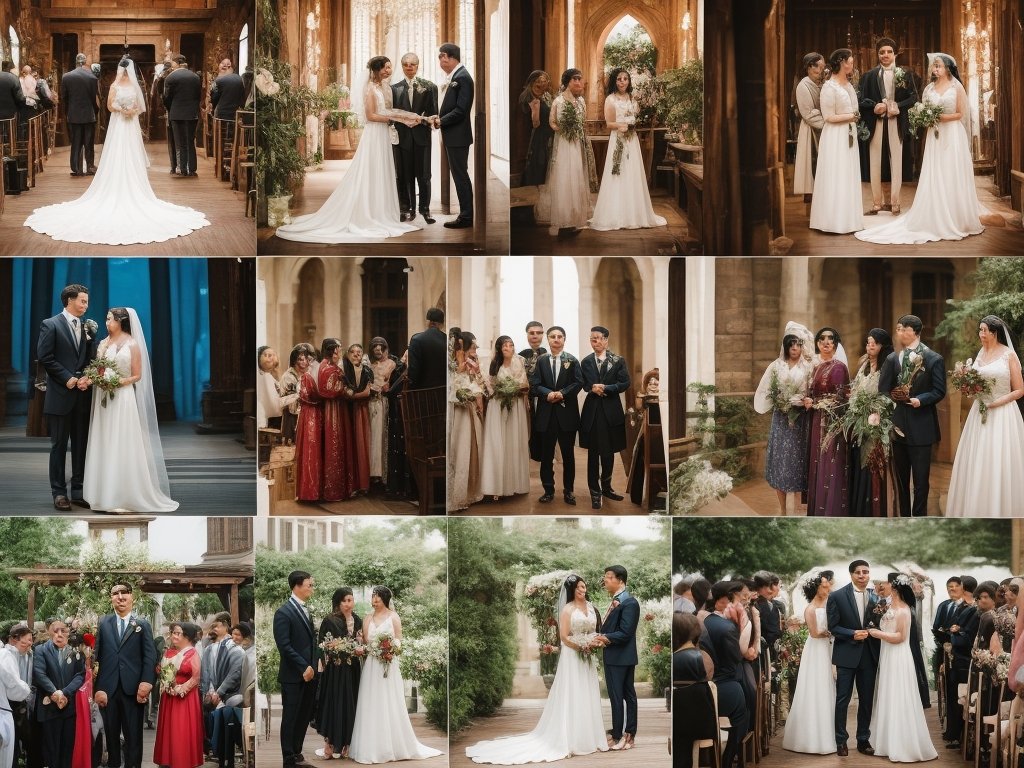
Marriage, often regarded as love’s ultimate expression, has seen its dynamics alter over time. In the past, marriages were primarily tools of alliance, political strategy, or economic necessity. Today, while many still embrace traditional models, the idea of love marriages, live-in relationships, and even polyamory have gained ground.
In many parts of the world, the concept of “till death do us part” has been challenged. With divorces becoming more common, people prioritize personal growth and happiness over societal norms. Love, in this century, advocates freedom — to choose, to change, to evolve, and sometimes, to part ways amicably.
8. LGBTQ+ Love: From Shadows to Spotlight
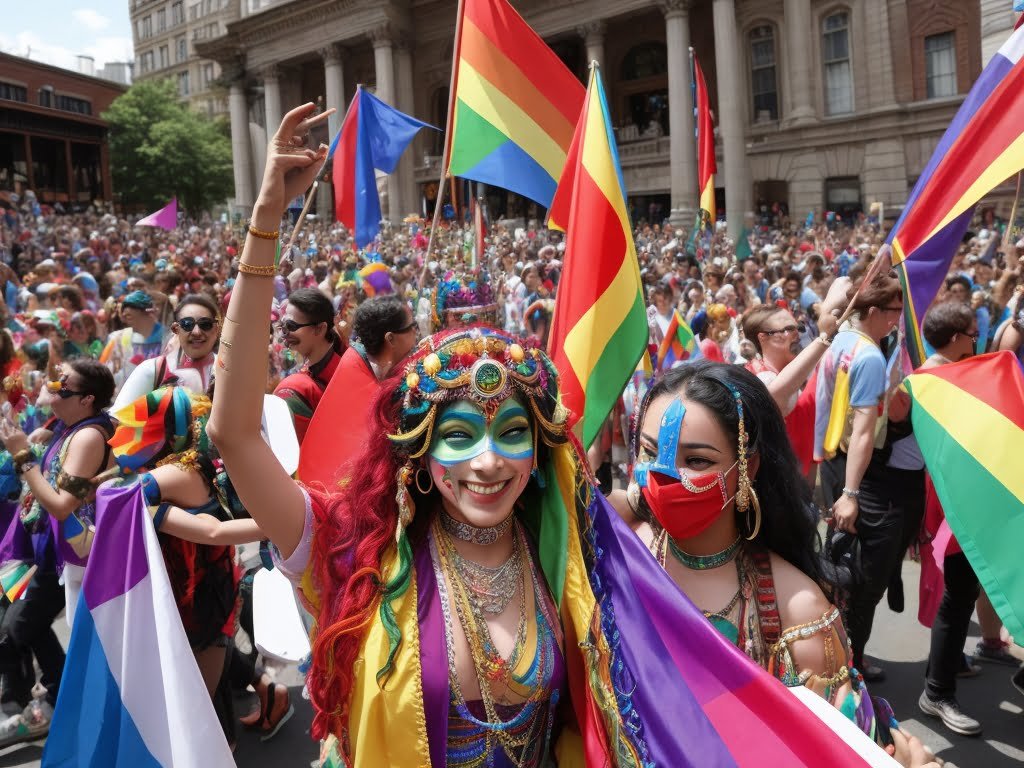
Historically, love outside the heteronormative spectrum was often sidelined, suppressed, or hidden. Tales of same-sex love or gender non-conformity were shrouded in mystery or conveyed through cryptic symbols in art and literature.
The 20th and 21st centuries, however, have witnessed a dramatic shift. The LGBTQ+ community has been steadily gaining recognition, rights, and acceptance. Pride parades, literature, movies, and public figures coming out have given a platform for these love stories to be celebrated openly. Their struggles, joys, and journeys adding to the rich tapestry of love’s narrative.
9. Love in Popular Culture: From Ballads to Ballroom
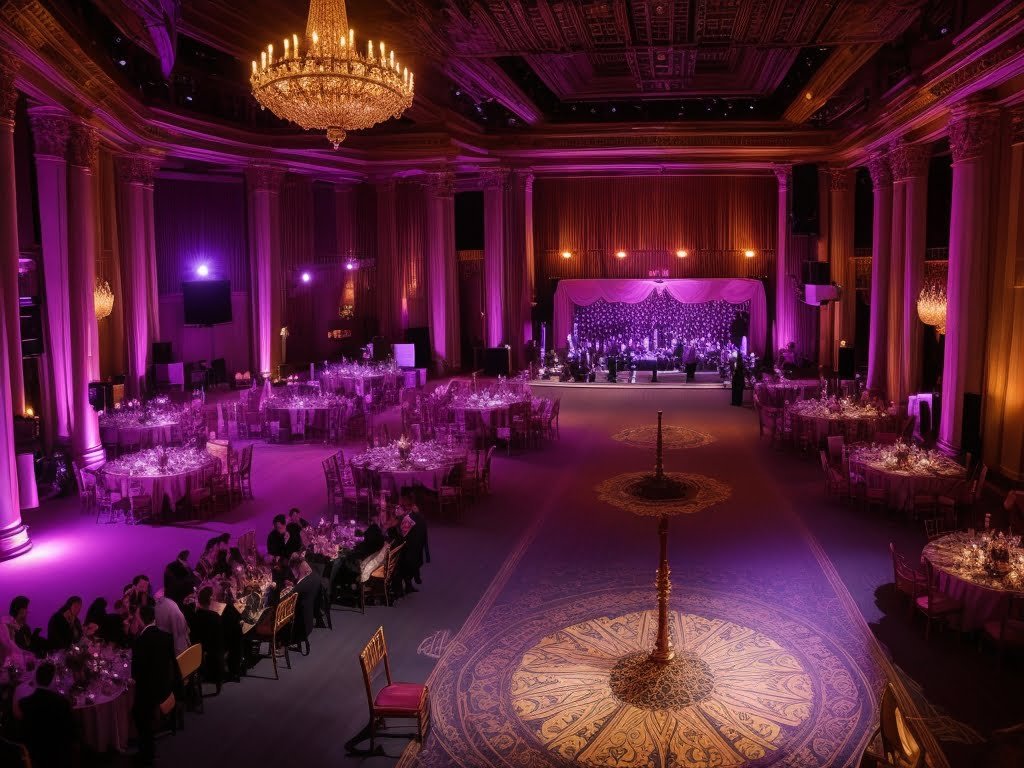
Music, literature, and dance have always mirrored society’s perception of love. Earlier, songs were about courtship, poems spoke of eternal love, and dances were subtle expressions of love’s playful nature.
Fast forward to today, pop culture presents a wider spectrum of love — from whirlwind romances to heartbreaks, from commitment issues to finding love in the strangest places. These shifts not only entertain but also subtly educate society on love’s many hues.
10. The Role of Technology: Love at First Click?

The digital era, particularly the 21st century, has added a layer of complexity to love and relationships. Today, with a mere swipe right, one might meet a potential partner. Online dating platforms, while making connections easy, have also added a dimension of uncertainty. How does one read signals without facial expressions or intonations?
Yet, stories abound of people finding their soulmates online. Love letters have been replaced by instant messages, candlelit dinners by video calls, and serenades by shared playlists.
In Conclusion: The Timeless Dance of Hearts
While the modes, methods, and expressions of love have evolved, its core remains unchanged. It’s a force that drives humans, fuels creativity, and often provides solace. Whether it’s the love of yesteryears, painted in ballads and epic tales, or today’s love, tweeted and Instagrammed, it remains the heartbeat of human existence.
As we stand on the threshold of a world where virtual reality, AI, and other innovations beckon, it’s thrilling to imagine how love stories will unfold. The constants? The fluttering heart, the stolen glances, and the joy of finding someone who resonates.
In the ever-evolving narrative of love, one thing remains clear — love, in all its forms and expressions, will always find its way.




